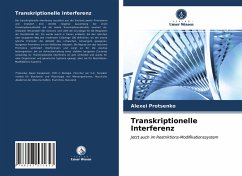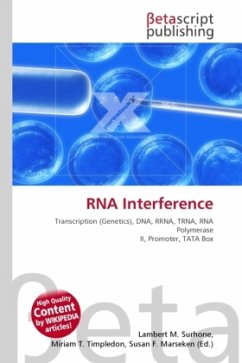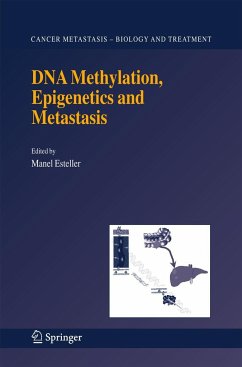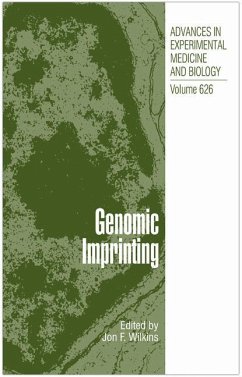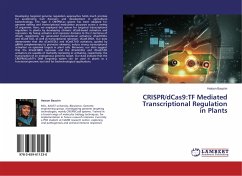
Transcriptional interference
Now also in the restriction-modification system
Versandkostenfrei!
Versandfertig in 6-10 Tagen
32,99 €
inkl. MwSt.

PAYBACK Punkte
16 °P sammeln!
Transcriptional interference results from the existence of two promoters and involves a direct negative effect of one transcriptional activity on the second transcriptional activity, exists as an integral part of the genome and represents the basis for the regulation of gene activity. It was first discovered in genes defining the lytic or lysogenic pathway of temperate coliphage 186, where the strong lytic promoter reduces the activity of the weak, convergent-layered, lysogenic promoter several-fold. Repression of the lytic promoter prevents interference and thus provides the positive autoregu...
Transcriptional interference results from the existence of two promoters and involves a direct negative effect of one transcriptional activity on the second transcriptional activity, exists as an integral part of the genome and represents the basis for the regulation of gene activity. It was first discovered in genes defining the lytic or lysogenic pathway of temperate coliphage 186, where the strong lytic promoter reduces the activity of the weak, convergent-layered, lysogenic promoter several-fold. Repression of the lytic promoter prevents interference and thus provides the positive autoregulation required to maintain a stable lysogenic state. Transcriptional interference is widespread and has been shown for many organisms and genetic systems, but never for restriction-modification systems.
Transcriptional interference results from the existence of two promoters and involves a direct negative effect of one transcriptional activity on the second transcriptional activity, exists as an integral part of the genome and represents the basis for the regulation of gene activity. It was first discovered in genes defining the lytic or lysogenic pathway of temperate coliphage 186, where the strong lytic promoter reduces the activity of the weak, convergent-layered, lysogenic promoter several-fold. Repression of the lytic promoter prevents interference and thus provides the positive autoregulation required to maintain a stable lysogenic state. Transcriptional interference is widespread and has been shown for many organisms and genetic systems, but never for restriction-modification systems.
Transcriptional interference results from the existence of two promoters and involves a direct negative effect of one transcriptional activity on the second transcriptional activity, exists as an integral part of the genome and represents the basis for the regulation of gene activity. It was first discovered in genes defining the lytic or lysogenic pathway of temperate coliphage 186, where the strong lytic promoter reduces the activity of the weak, convergent-layered, lysogenic promoter several-fold. Repression of the lytic promoter prevents interference and thus provides the positive autoregulation required to maintain a stable lysogenic state. Transcriptional interference is widespread and has been shown for many organisms and genetic systems, but never for restriction-modification systems.



